Professional Resources
The National Clay Pipe Institute (NCPI) is a not-for-profit organization dedicated to research, education, and leadership in the Vitrified Clay Pipe (VCP) sanitary sewer industry.
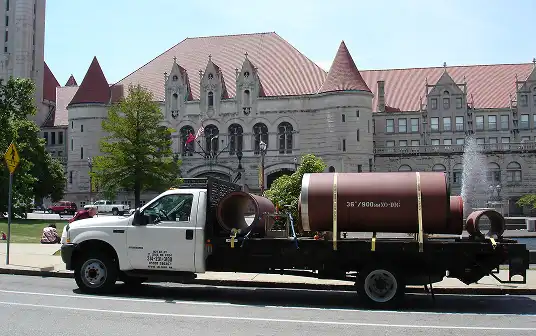
Education
NCPI’s Workshops qualify for pdh and are available to groups at no-charge.
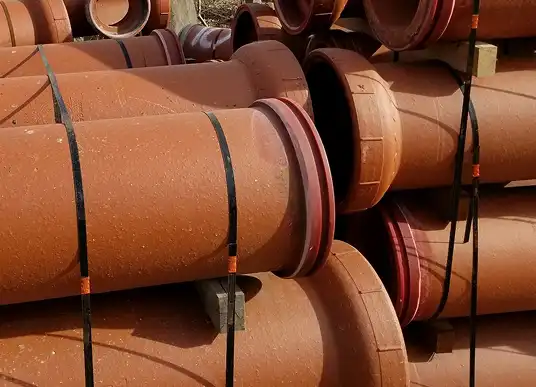
Design
Our design recommendations are based on extensive research and experience.
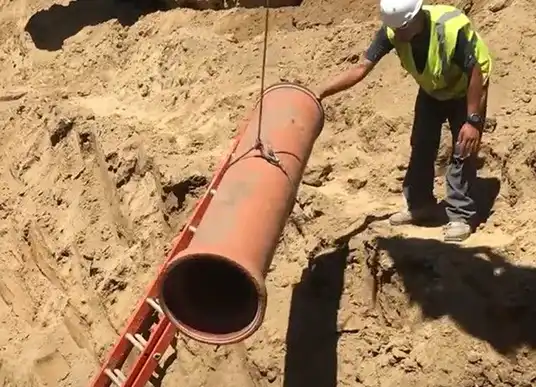
YouTube
Explore some recent videos of various installations, operations & maintenance, and manufacturing.
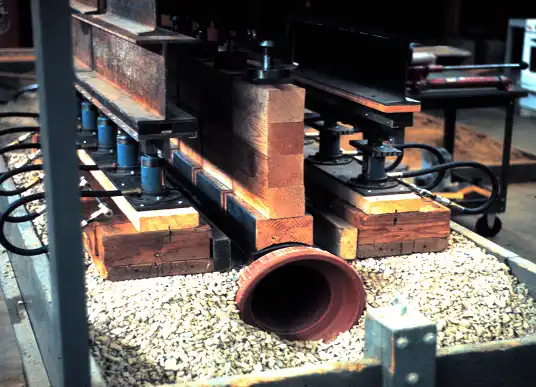
Research
Our core mission is research and education.
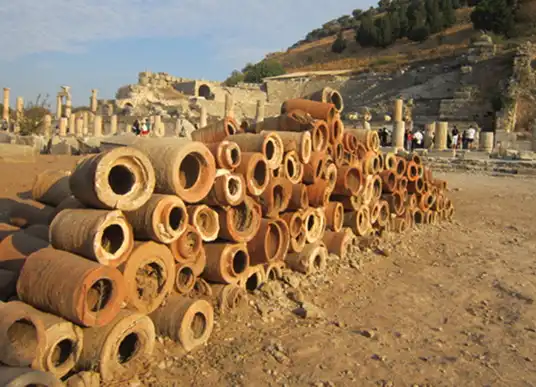
History
Clay pipe has been used in sanitary sewers for over 6,000 years.
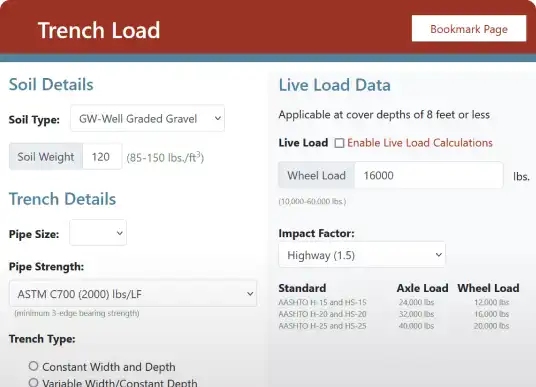
Toolbox
Use the specifics of your project to calculate Trench Load, flow, capacity or life cycle cost comparisons.

The long life and superior maintenance options make VCP the best long-term value for gravity sanitary sewer lines. “
Jeff Boschert | NCPI PresidentManuals & Handbooks
With over 100 years of research, publication, and education, NCPI has extensive experience and a unique knowledge base.
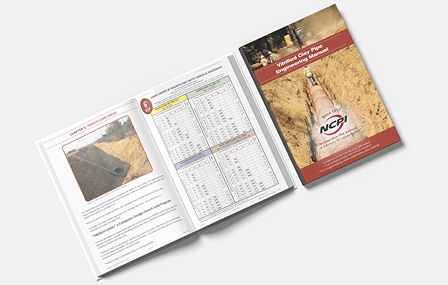
VCP Engineering Manual
NCPI’s VCP Engineering Manual is an authoritative resource for systems engineers, designers, and
maintenance professionals.
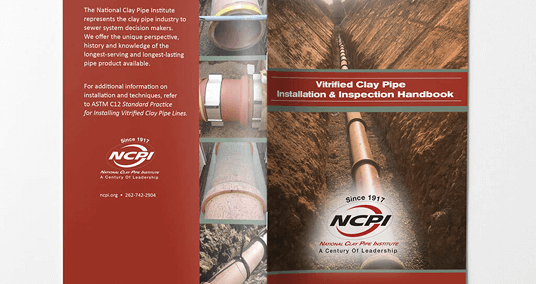
VCP Installation & Inspection Handbook
The NCPI Installation & Inspection Handbook is a quick reference for contractors, inspectors, and engineers.
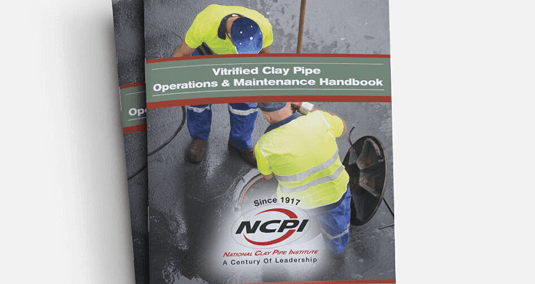
VCP Operations & Maintenance Handbook
The NCPI Installation & Inspection Handbook is a quick reference for contractors, inspectors, and engineers.
